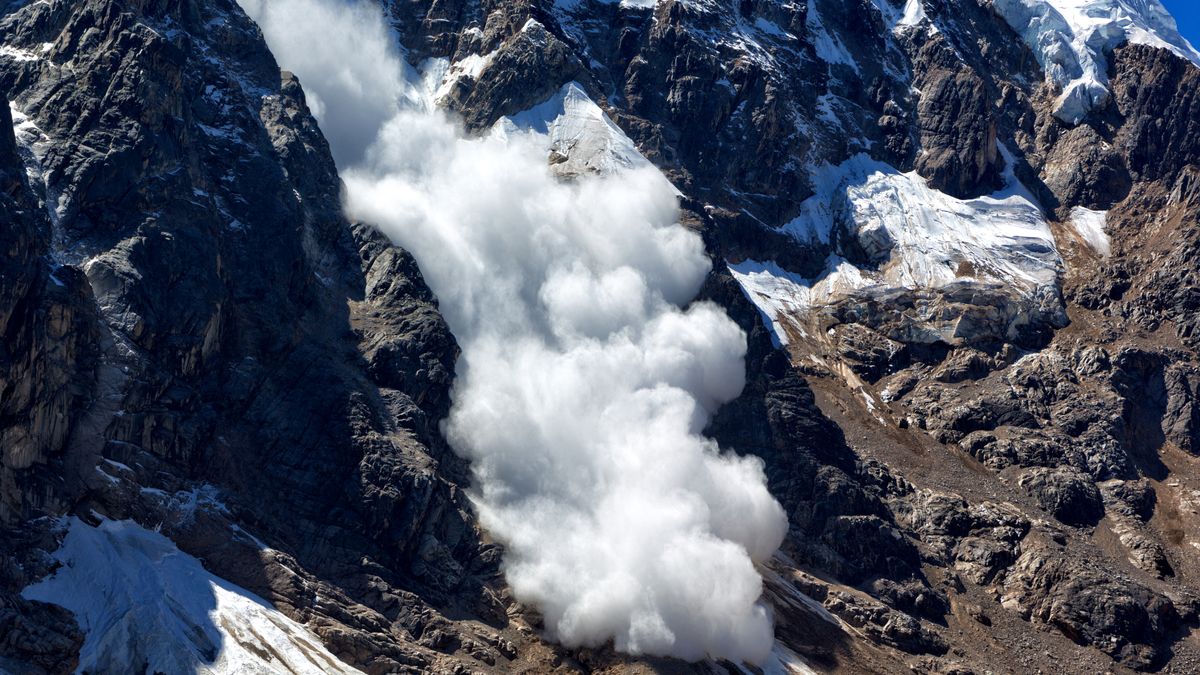The Earth is an incredible and, as far as we know, unique mass of matter that’s home to vast oceans, mighty mountains and the dazzling array of life that has come to characterize it. It hoards these treasures thanks to the gravitational force brought about by its huge mass. It’s this gravity that keeps us firmly rooted to the ground.
Gravity can also make a steep, snowy mountain quite an intimidating place to be. This is, partly, because of avalanches, the often-destructive events that occur when snow begins to tumble down a mountain slope. Even if you’re not an -wielding mountaineer, you’ll undoubtedly have seen footage of white plumes crashing down mighty Himalayan mountains in a display of terrible strength, leaving destruction in their wake.
An avalanche is one of those instances when Mother Nature reminds us all of who is in charge. So, why do avalanches happen? Understanding this is crucial when exploring any wintry mountain landscape, as even a small avalanche on a diminutive peak can have devastating consequences. We asked one of our mountaineering experts to delve into the science.
. This causes a mass of snow to travel downhill from a , finishing where it is deposited, which is called the . The path the avalanche takes is known as the .
Most of the time, the snowpack sits in a state of equilibrium with the mountain, anchored by the bonds between layers of snow and the terrain. However, if this equilibrium is upset and tipped in gravity’s favor, gravity wil.


















